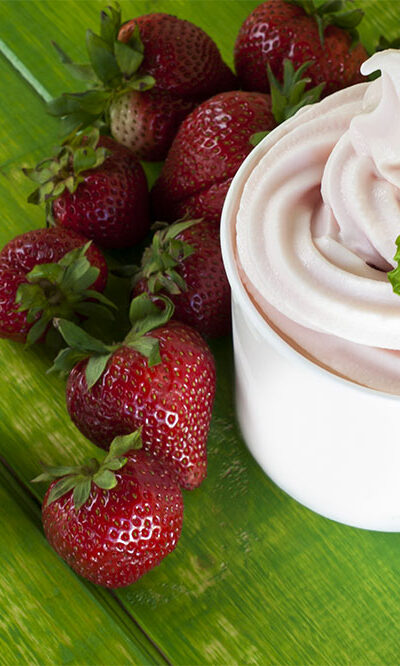
Don’t ignore these 15 warning signs of esophageal cancer
Esophagus is the muscular tube that connects the throat and the stomach. Esophageal cancer is a form of cancer that affects this muscular tube. It is rare cancer that can also lead to life-threatening complications. Most patients are diagnosed with this condition in its advanced stages as this type of cancer does not show symptoms in the initial stage. Keep reading to learn more about some common alarming signs of esophageal cancer. Warning signs of esophageal cancer Difficulty swallowing Also known as dysphagia, facing trouble swallowing is one of the most common signs of esophageal cancer. Dysphagia can occur because of a tumor that makes it difficult for food to pass through by obstructing the esophagus. The pain and difficulty in swallowing may be because of damage to the nerves that control the movement of esophageal muscles. Alternatively, it can also happen because of physical obstruction. As the tumor grows, the patient might experience increasing pain and difficulty swallowing solid food and eventually face problems with liquids. However, this symptom can also be attributed to several other health conditions. Acid reflux Acid reflux is considered one of the common indicators of esophageal cancer. It occurs when the contents of the stomach or the hydrochloric acid in the stomach go back up into the esophagus. It can cause irritation and inflammation of the food pipe. Chronic acid reflux can result in Barrett’s esophagus. It is a condition in which the esophageal lining changes, making it more susceptible to developing cancer. Chest pain Another symptom of esophageal cancer is chest pain. This results from cancer cells have invaded the chest or the back wall. This chest discomfort can be constant, or it may come and go. Some might even experience worsening pain over time. However, various other conditions share this symptom, so it is important to have yourself examined by a health expert immediately.










